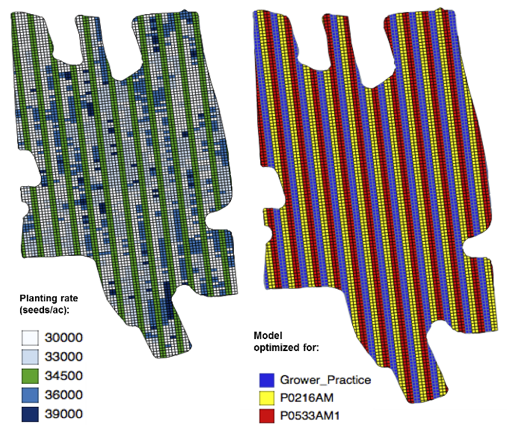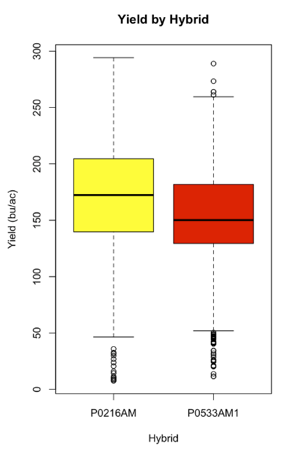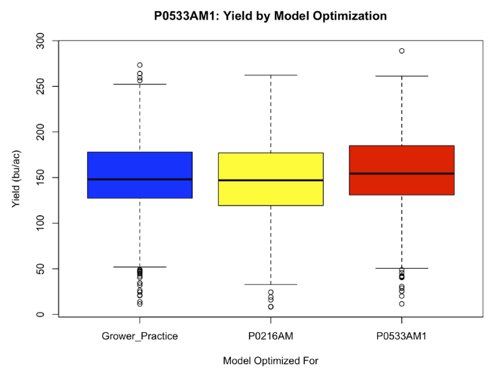Michael Van Amburgh and Karl Czymmek
Animal Science Department, Cornell University
A lawsuit filed against the New York State Department of Environmental Conservation in March 2017 incorrectly compares the amount of waste produced by 200 cows to that produced by a city of 96,000 people. This error is more than 10-times too high and has been picked up and repeated by the media. In order to make a legitimate comparison it is necessary to answer the question: how much urine and feces are excreted each day by a dairy cow and a person and what are the nutrient contents of that excretion that are an environmental concern?
Background
Simply put, the type of digestive system along with the quantity of food and water consumed by an individual cow or human drives the quantity and nutrient content of what is excreted. Based on a survey of the scientific literature, there seems to be a lot more information about excretion by cattle than humans. For both cattle and people, the amount of fiber consumed determines fecal weight and volume. The human diet of North Americans and Europeans tend to be lower in fiber and higher in protein than humans in other parts of the world. Since cows are ruminants, they are especially adapted to extracting nutrients from high fiber diets that would not sustain a human. Cows have four stomachs and the first is a large fermentation vat, known as the rumen with a capacity of about 50 gallons, which produces billions of beneficial microbes that can digest high fiber feeds that cannot be digested by humans. The microbes help the cow to partially break down forages like grass, alfalfa and corn silage that comprise much of the diet.
A single mature dairy cow, depending on her breed, can weigh 900-1,800 pounds. Holsteins are the predominant dairy breed in NYS and mature cows can weigh 1,600-1,800 pounds. A 1,600 pound cow can consume about 120-170 pounds of feed per day or 52-62 pounds of dry matter (all water removed). Ultimately, this simply means that pound for pound, a cow excretes more feces than a human does. Similarly, urinary excretion is a function of fluid intake. The fact that cows are able to digest bulky, high fiber feeds that we cannot makes a direct comparison difficult. For this discussion, we compare excretion between cows and people in three different ways: 1) pound for pound of urine and feces (“wet basis”); 2) total nitrogen; and 3) total phosphorus.
Dairy Excretion Basics
According to 2016 data from the USDA Economic Research Service, the average NYS dairy cow produced more than 23,000 lbs of milk per year, or about 75 lbs of milk per day. Using a typical diet at this production level, total excretion of urine and feces as well as nitrogen and phosphorus was calculated using the Cornell Net Carbohydrate and Protein System (CNCPS) animal nutrition model. The CNCPS has been under development for more than 40 years, is based on numerous published scientific studies, is widely recognized to accurately predict how a cow will respond to a particular diet, and is used in the US and across the world to formulate diets for millions of dairy and beef cattle. In addition, because the model was developed to more accurately predict the nutrients required by the cow and the supply from the diet to meet these nutrient needs, application of the model has helped farms significantly reduce nitrogen and phosphorus excretion and related losses to the environment. According to CNCPS evaluations and predictions, an average mature milking cow producing 75 lbs of milk per day on a typical NYS diet generates about 63.5 liters of urine and feces per day (16.8 gal) and this contains 415 grams (0.9 lbs) of nitrogen and 57 grams (0.13 lbs) of phosphorus.
The Herd
The lawsuit analysis appears to be based on a herd of 200 milking cows and does not include calves and heifers. In NY and the Northeast, most dairy herds also raise calves and heifers as the replacement animals. For this analysis, we assume the 200 milking cow farm includes 140 calves and heifers. The calves and heifers do not consume as much feed and water as a lactating cow, and the CNCPS predicts their excretion and we converted them to a “lactating cow equivalent” for easier calculations. After considering the calves and heifers, the overall excretion is similar to 242 lactating cows so the comparison below includes this for a sensitivity analysis ensuring all animals on the farm are accounted for.
The People
In terms of human waste, there are a limited number of studies and the literature reports an extremely wide range of output across individuals. The data are actually much better for cattle than for people. The reference for human excretion data used in this analysis comes from a paper referenced below and is based on European diets, which are expected to be similar to North American diets. This paper provides the most clear cut statement of the median excretion volume of urine and feces by humans, as well as nitrogen and phosphorus content. The median daily excretion rate of feces and urine reported for humans is 1.51 liters (0.4 gallons) per day, for nitrogen, the rate is 11.9 grams (0.026 lbs) per day and for phosphorus, 1.5 grams (0.003 lbs) per day.
The Comparison – volume basis
On a volume basis in a direct comparison to the analysis in the court filing, a herd of 200 milking cows is about the same as 8,400 people, not 96,000. Even when the herd of 200 milking cows includes an additional 140 head of calves and heifers, the volume of urine and feces amounts to that produced by 10,736 humans.
Nitrogen and Phosphorous basis
On a nitrogen and phosphorus basis, the comparison changes because cows consume a bulky, very high fiber diet. Calculating the values on an N and P basis aligns with the way we evaluate manure for application as a fertilizer for crop fields. It is also in keeping with the regulations that are used to manage and monitor how manure nutrients are used at the field level for nutrient management plans. Using the per capita N excretion rate, the average human excretes approximately 0.026 lb of nitrogen per day, and compared to our 200 cow herd with calves and heifers, this equates to about 8,400 people.
For phosphorous, the average human excretes a very small amount of excess P because our diets are very digestible compared to a cow and we consume modest amounts of phosphorus to begin with. For our example herd, per cow excretion is about 0.13 lb of phosphorous per day, mostly in the feces. On a phosphorus basis, our example herd compares to 9,196 people.
Conclusion
Increasingly, there are calls to require farms to build wastewater treatment plants, like towns and cities have. However, there is one important, fundamental difference that should be considered: unlike our dairy and livestock farms in NYS, cities do not have a land base where nutrients are recycled. When people congregate in cities, they also concentrate nutrients that are excreted in our waste. It was not all that long ago that this waste was simply released into the nearest waterbody. Even today, despite the best efforts of the skilled people who manage wastewater treatment facilities, a significant quantity of human waste ends up in our surface waters. According to a 2004 report by USEPA, combined sewer systems (CSS’s), annually discharge 850 billion gallons of sewage plus storm water, with a range of 3-10 billion additional gallons of undiluted sewage from sanitary sewer overflows (SSOs). The report also states that while large cities like New York, Philadelphia, and Atlanta have CSSs, most communities with combined sewer overflow problems have fewer than 10,000 people. Even when functioning properly, discharge from municipal wastewater treatment contains a portion of the phosphorus from human waste. These plants also generate sludge that must be land applied or sent to a landfill. Additionally, most homes outside of towns and villages utilize on-site septic systems that can also be sources of contamination.
NYS requires each regulated dairy and livestock farm to have a nutrient management plan ensuring, at a minimum, that there is an adequate land base for nutrient recycling and includes prescribed manure rates and practices to reduce risk of loss. Just as municipal treatment plants cannot always guarantee losses will not occur, farms are in a similar position. Many farms strive very hard to keep nutrients on the land and they continue to look for better solutions to make best use of the nutrients from manure to replace fertilizer required for optimum plant growth.
By averaging all three methods in our calculations above, waste from the 200 cow example herd compares to 9,444 people, substantially below the figure provided in the lawsuit. To make sound policy decisions, we need a picture of the true value of these systems that is as accurate and complete as possible. Making comparisons like the one presented here in a careful and precise way, is key to preventing misconceptions that can have big and potentially detrimental impacts.
References
http://www.courthousenews.com/wp-content/uploads/2017/03/Cows.pdf
- Meinzinger, M. Oldenburg. 2009. Characteristics of source-separated household wastewater flows: a statistical assessment. 59 (9) 1785-1791; DOI: 10.2166/wst.2009.185
http://blogs.cornell.edu/cncps/home/
https://www.ers.usda.gov/data-products/dairy-data.aspx. Milk cows and production by State and region.
Report to Congress: Impacts and Control of CSO’s and SSO’s. 2004. https://www.epa.gov/sites/production/files/2015-10/documents/csossortc2004_full.pdf









